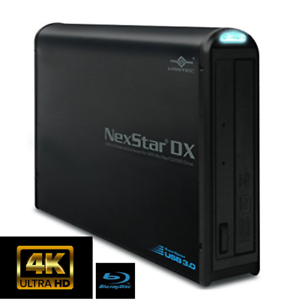

They're working on the color bug that requires power cycling. Chapter support isn't going to be added since. There's no chapters and currently some sort of bug that after the file is played the player (Sony) has to be power cycled because the colors get all messed up. TS files reportedly work on the Oppo players also. TS file that my Sony X700 UHD player will play as Dolby Vision and play it with the lossless Atmos track (the Sony can't do that with. They currently have test builds that can remux a Dolby Vision UHD BD to a. tsmuxer is now open source and some enterprising people have been working on it's UHD support.
#LG WH14NS40 SOFTWARE PC#
A PC can't play back the Dolby Vision layer. My largest concern for UHD is playing them back. I think that would hold it all from my SWAG and have some extra space. I was thinking at tax time (I should get a sizable refund despite making changes to withholding last year to reduce the refund size) to get enough of the 14TB WD enterprise drives to have a 200TB RAID-6 array. I've noodled putting everything "online". A 100GB disc has 3 layers so speed will go up and down several times across the 100GB and it moves back and forth three times.Ĭlick to expand.I have that same concern. It will be slower on the inside edge of the disc because the disc is spinning at a constant angular velocity (RPM) and the circumference changes. Also, "up to 6x" or "up to 8x" mean 6x or 8x ripping at the outside of the disc where the read rate is the highest. ISO) took ~63 minutes to rip with a 6x capable firmware. The ASUS BW-16D1HT 3.10 firmware is the recommended one if you don't care about burning and the LG BH16NS55 or WH16NS40 firmwares are the recommended ones if you want to also burn with the drive.īTW, "fast" is relative. AnyDVD can't use a drive with official UHD support, so you have to use "UHD friendly" firmwares. MakeMKV can use a drive that has official UHD support with libredrive, so the libredrive enabled WH16NS60 firmware is the one to use since it's capable of up to 8x ripping. I ultimately flashed it to a ASUS BW-16D1HT with version 3.10 firmware since supposedly that the fastest "UHD friendly" ripping firmware as long as you don't care about burning with the drive. I have no idea why someone would buy a pre-flashed drive at a premium. Then you can flash the firmware you want. The drive won't let you downgrade with the factory firmware, so you have to flash a same level (or newer) modified firmware that allows downgrading first if the firmware you want to use is a downgrade. Flashing is very simple with the modified GUI flasher. It took two different flashes to get it to the firmware I wanted (or at least that's how I did it). I used Marty McNuts modified ASUS flasher to get a "UHD friendly" firmware flashed on it. Reportedly all the working Asus & LG drive models are the same hardware so there's no point to buy a more expensive model. Seriously, though, if you want to try to resurrect that drive and need help with any of the steps I just outlined, don't hesitate to ask.I picked up a LG WH14NS40 from Amazon for about $55 and got it yesterday. I would have attached them to this post but I'm feeling lazy this morning.

You can find all the tools you need on this forum. O) Write the new firmware bin to the drive O) Use the datamover tool to copy the encryption and calibration data to a fresh WH14NS50 firmware to create a new firmware bin O) Use dosflash to perform a read to extract the current botched firmware So basically, if you create a WinPE image with dosflash and the datamover tool, you could try the following: Since you used the DVDFab solution, it's safe to say you have a sata ports on your motherboard that allow you to switch to IDE mode. Either of those will work great for you.Īs for recovering your previous drive, it's potentially possible.
#LG WH14NS40 SOFTWARE CODE#
Once you've verified the SVC code is correct, you can flash either one of the DE (Downgrade Enabled) firmware for your drive such at 1.02 or you can flash the MK 1.03 firmware for your drive.

Otherwise you'll find yourself with another bricked drive and no one wants that. Check the SVC code on the sticker on the new drive when you get it and make ABSOLUTELY SURE that it has an SVC code of NS50 and has a mfg date later than 2015.


 0 kommentar(er)
0 kommentar(er)
